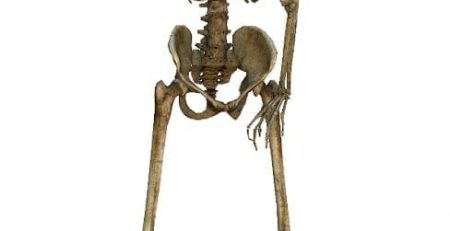Science Vampire
Villagers from Poland in the 17th and 18th century buried certain people with sickles across their throats or they put rocks in their jaw, in order to make sure they didn’t rise from the dead. Researchers believe they know why. One study reported that the supposed vampires were locals who most likely perished in the cholera epidemics that were popular among the region. Study co-author, Lesly Gregoricka says that being the first to perish in an epidemic is one of the ways to turn into a vampire. “People were up close and personal with death at this point, but didn’t have a good way to explain what was happening,” she says.
“People of the post-medieval period did not understand how disease was spread, and rather than a scientific explanation for these epidemics, cholera and the deaths that resulted from it were explained by the supernatural—in this case, vampires,” says Gregoricka, a bio-archaeologist at the University of South Alabama, in a press release. Dying a violent death or being an outsider also put one at risk of becoming a vampire, according to lore, but the bodies bore no signs of violence and testing revealed they were from the area. The sickles were in place to decapitate the body if it tried to rise, and rocks or bricks were placed to prevent them from feeding, the study says—though strangely enough, the “vampires” weren’t segregated in the cemetery but were buried among other villagers. (In this “vampire grave,” the deceased had a stake driven through his heart.)














